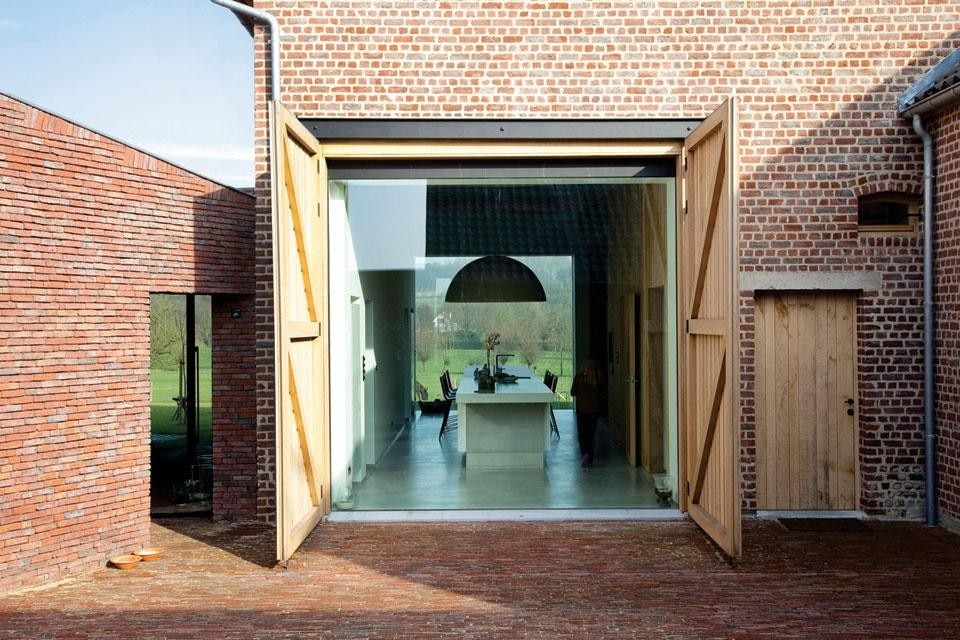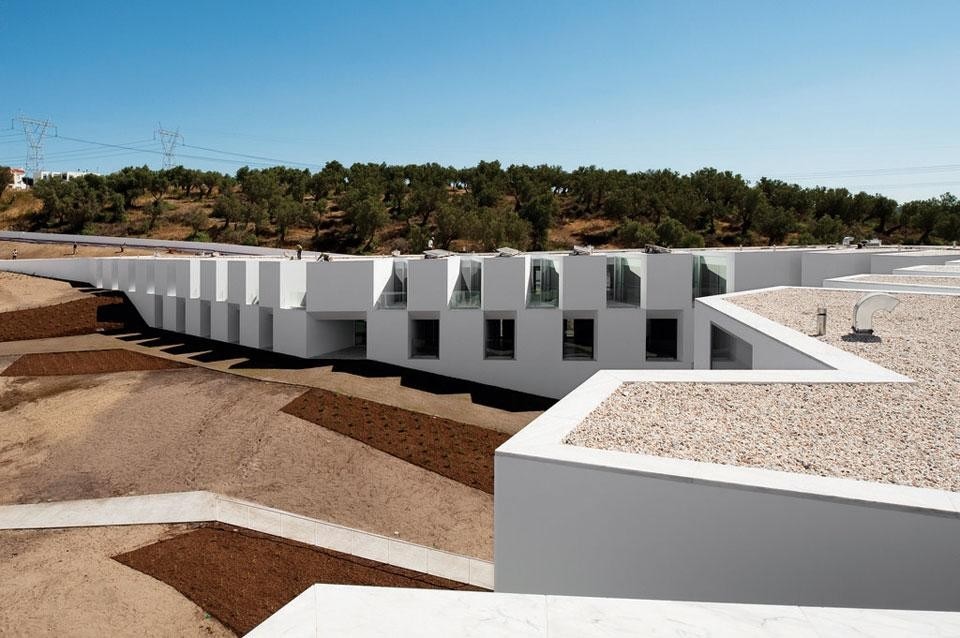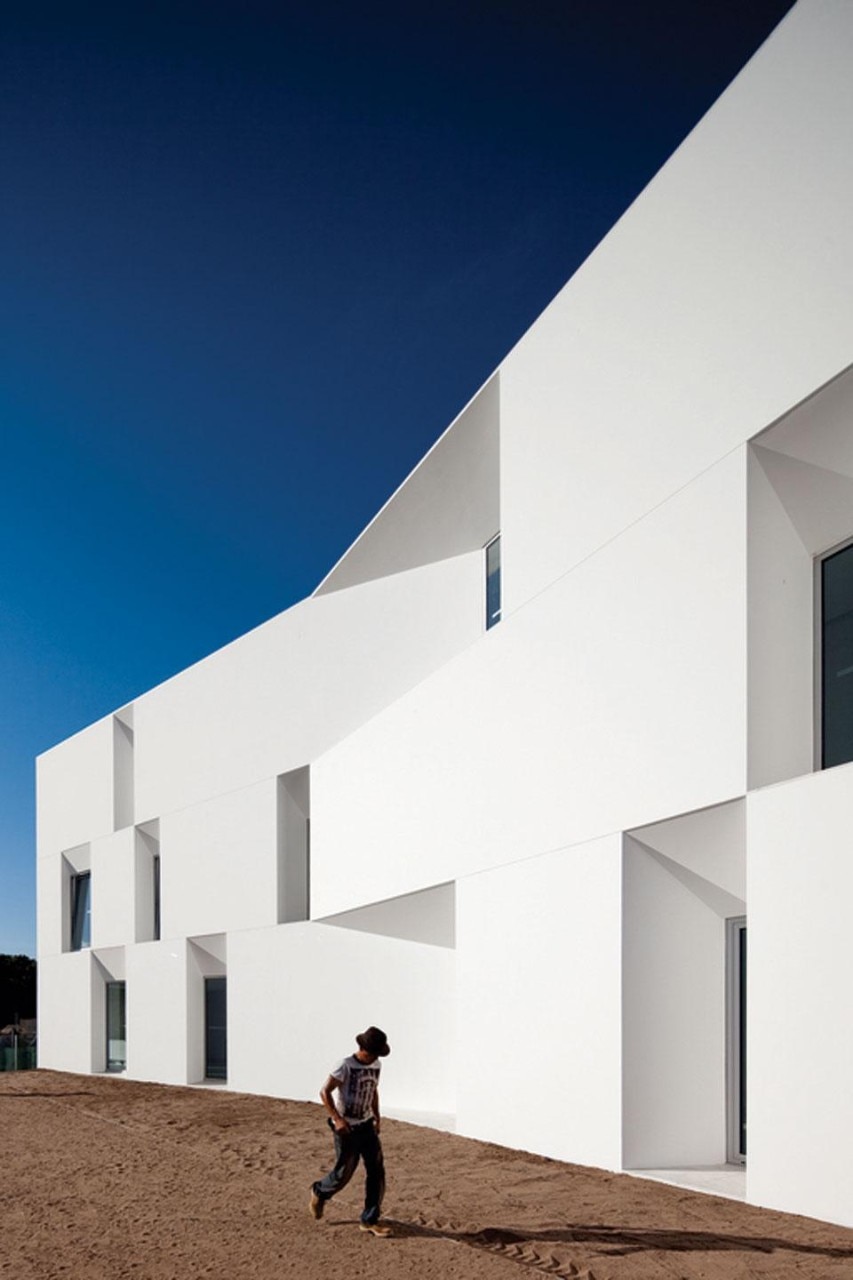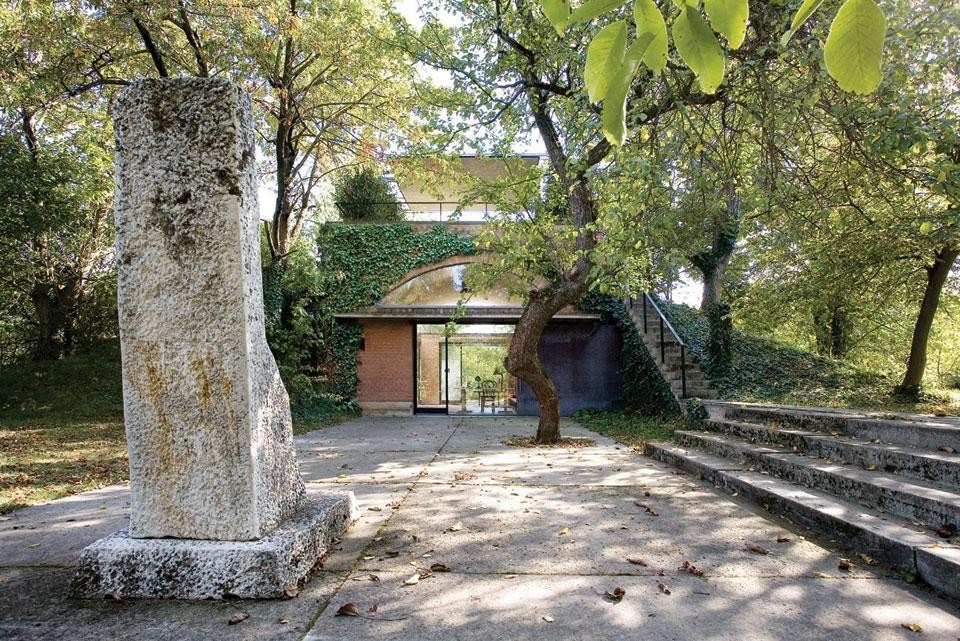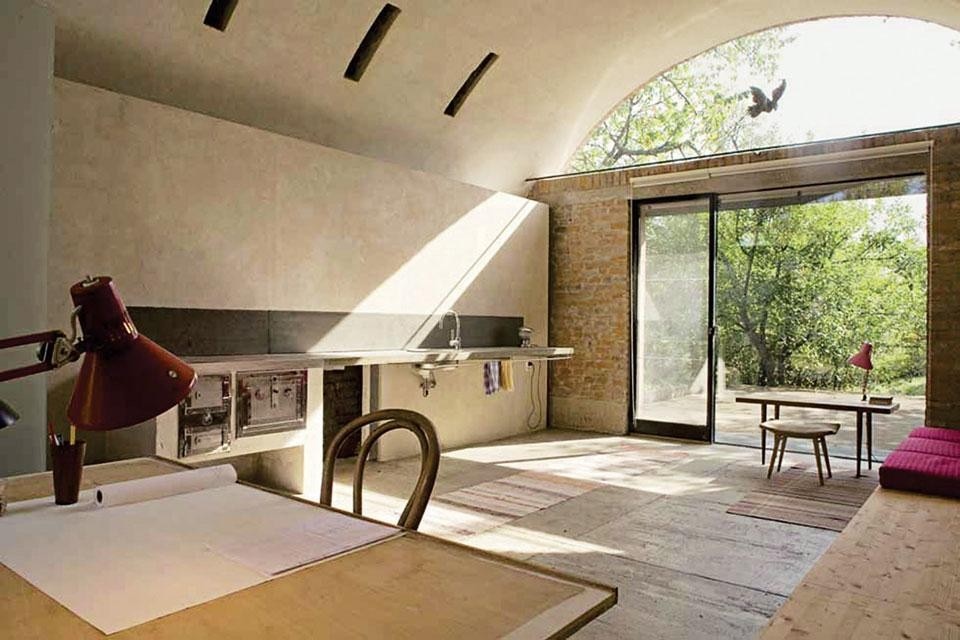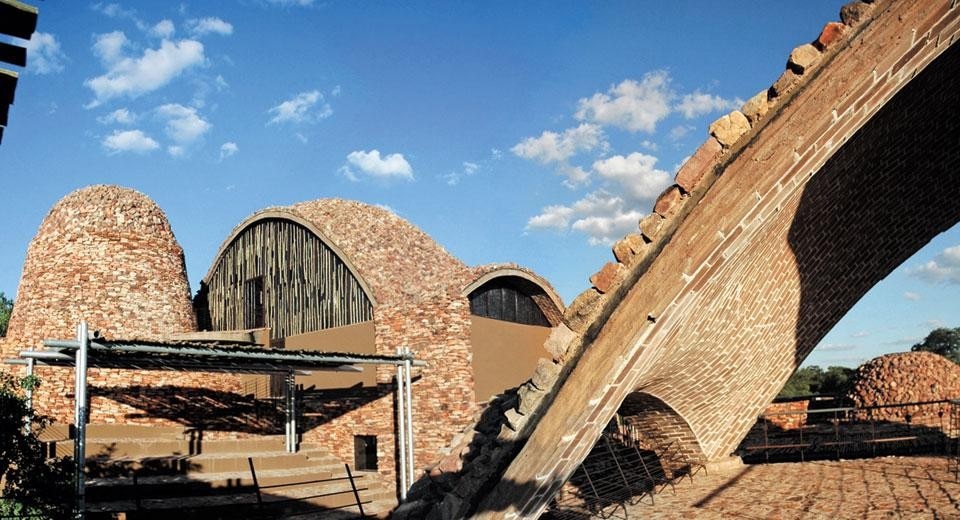Peter Rich was also announced winner of the category "Special Solution with Brick" for the Mapungubwe Interpretation Centre in South Africa. The "Non-Residential Building" category was won by Scottish architectural firm NORD for its innovative electrical substation for the 2012 Olympic Games in London. Architect Bart Lens convinced the jury in the "Single Family House" category with his project titled The Rabbit Hole "Single-Family House". The Portuguese architects and brothers Francisco and Manuel Aires Mateus received the "Residential Building" Brick Award for their retirement home in Alcácer do Sal. In the final category, "Conversion", Slovakia's Pavol Panák won with his personal architectural, brick-built hideaway.
International architecture critics and architecture journalists submitted nominations for scores of outstanding buildings constructed using clay products. A total of 50 projects from 28 countries on five continents were shortlisted and the final decision was made by the international jury composed of architects Plamen Bratkov (Bulgaria), Rudolf Finsterwalder (Germany), Hrvoje Hrabak (Croatia), John Foldbjerg Lassen (Denmark) and Zhang Lei (China).
Below is some more information on each of the five winning projects.

Grand-prize winner and "Special Solution with Brick" category winner is South Africa's Peter Rich, with Michael Ramage and John Ochsendorf, for the Mapungubwe Interpretation Centre in South Africa. The architect's goal was to create a space in which to exhibit the archaeological finds in their original environment of the National Park. The Mapungubwe Cultural Landscape has been a UNESCO World Heritage Site since 2003.
The Visitor Centre reinterprets ancient vaulting techniques and uses the most sophisticated, scientifically sound construction methods. In collaboration with the University of Cambridge and the Massachusetts Institute of Technology, the architect analysed Mediterranean domes as a basis for the project. "The low-tech hi-tech balance, together with references to the extraordinary local landscape, creates an architecture with universal and timeless dimensions," says jury member Hrvoje Hrabak.
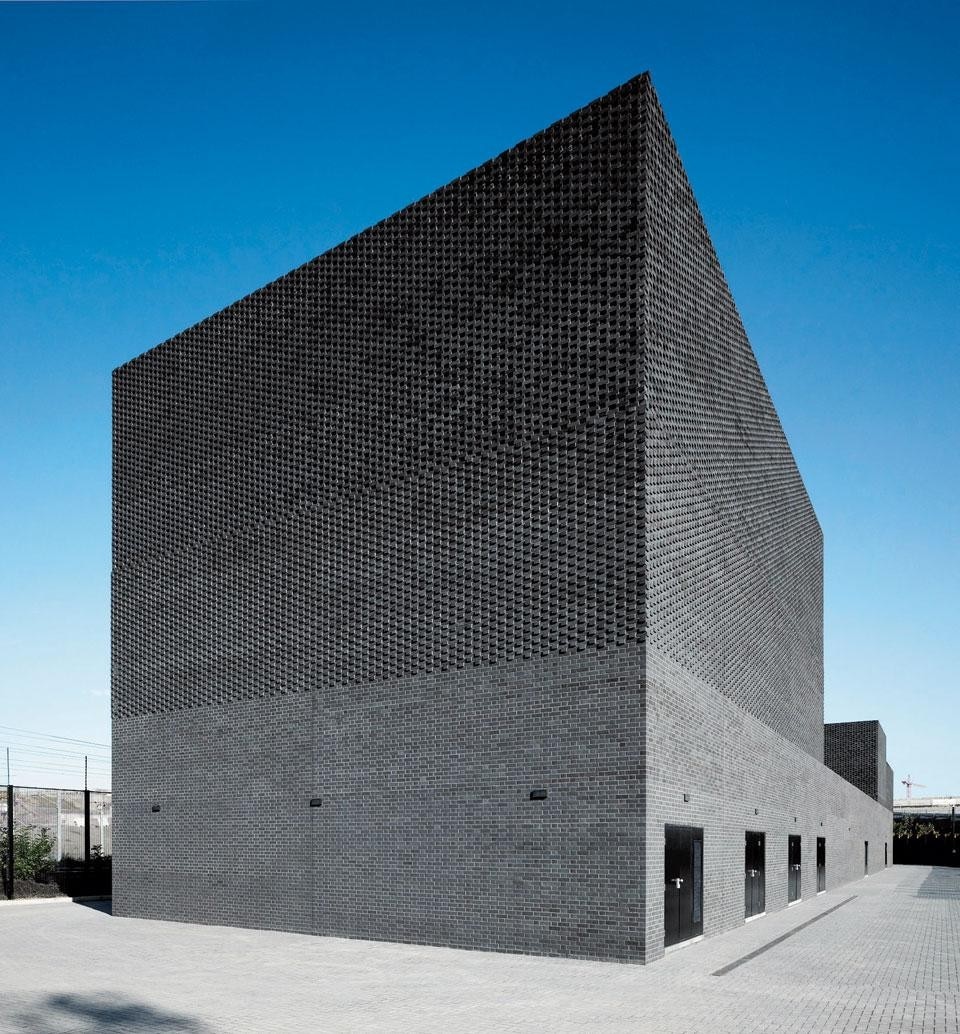
Olympic Substation
Scottish architectural firm NORD won in the category "Non-Residential Building" with a primary electrical substation for the 2012 Olympic Games, built at the Olympic Park in London's East End. The architect's approach was a pure geometric solution interpreted with a rich brick texture made of coal-black bricks. There is a contrast in the design of the brick façade between the solid mass of the plinth and the looser brickwork of the upper section. "The jury considers this a very successful project due to its very clear idea and perfect execution of the brick façade," says jury member Zhang Lei. Architect Alan Pert remarked how "the monolithic simplicity deliberately distinguishes itself from the spectacular form-play that characterise the sports facilities."
The Brick Award, which has been presented in a two-year cycle by the world's largest brick producer, recognises particularly successful examples of modern brick architecture. The award is endowed with a total of Euro 27,000 in prize money
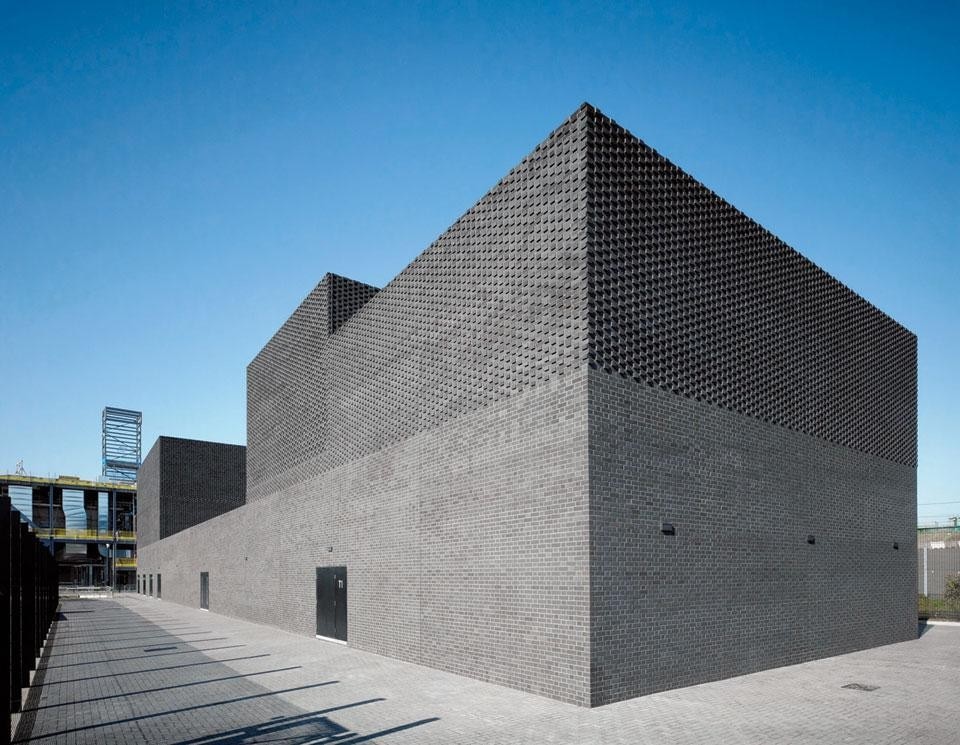
In the category "Single-Family House", architect Bart Lens was announced winner, with his project in Gaasbeek, Belgium, titled "The Rabbit Hole", which involved the renovation of a half-collapsed brick farmhouse into a residential area and a veterinary practice. A funnel-shaped annex was built as an intermediate space between the two buildings. The main challenge was how to adapt an old farmhouse to meet today's residential requirements without destroying its rural character. Bart Lens noted how "brick is used here not only as a construction material, but also as a concept reinforcing the existing structure. It is the binding element between the past and the present." What struck the jury most was the creation of the intermediate space: "It is really inspiring when one stands in the public area looking through this newly created passage where one cannot see what is happening on the other side, so that one has to leave oneself to be led by the light," says Plamen Bratkov.
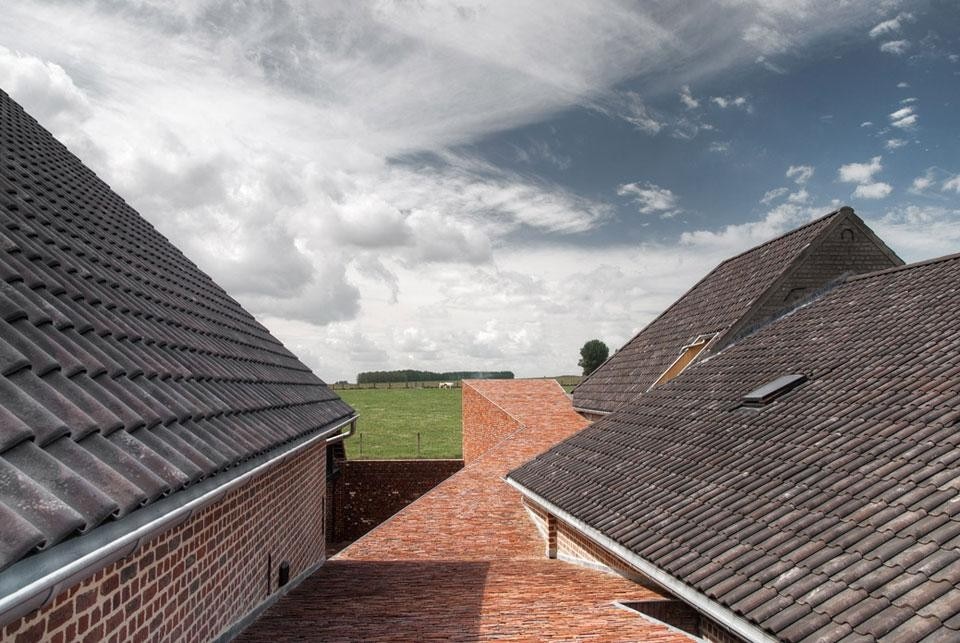
Lisbon-based architects Francisco and Manuel Aires Mateus won in the category "Residential Building" with the home for elderly people in Alcácer do Sal. They created a living space that is both functional and comfortable while fulfilling the needs of the community. "Our aim was to guarantee the residents a balanced relationship between living in a community of elderly people in need of care and the respectful protection of their privacy," the architects said. The design foresaw interior rooms whose final use can be determined by the users themselves. Jury member Rudolf Finsterwalder remarked "Architecture is understood as a sculpture and thus stands in the tradition of both Portuguese grand masters, Álvaro Siza and Eduardo Souto de Moura. The thermally insulated cavity wall has been plastered on the outside and finished with a white glossy paint coat, which emphasises the form's sculptural character."
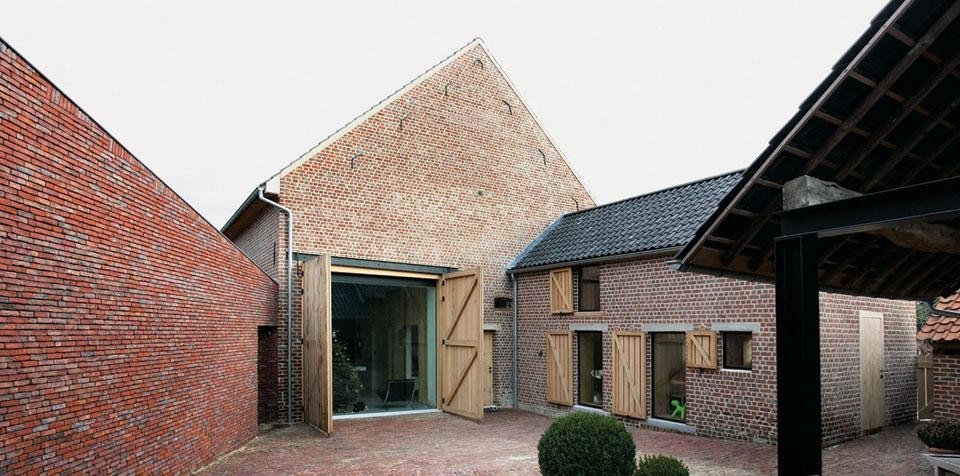
In the category "Conversion", the jury chose the weekend atelier of Slovak architect Pavol Panák. Over a period of 10 years, and doing most of the renovations himself, Pavol Panák transformed a former brick kiln in Cachtice, near the Carpathian Mountains, into his own, personal architectural, brick built hideaway. Jury member John Foldbjerg Lassen said "the building is exciting because it expresses so much emotion — in the way it creates space and how it merges with the natural surroundings." The studio's basic space is determined by the original brick-firing kiln. Convinced that architecture requires order, tradition and evolution, the studio is based on a nearly perfectly adherence to the rules of Cartesian geometry. "The studio pays homage to tradition, continuity, place and brick-making. Firing bricks was a particularly demanding task, requiring concentration, patience and skill," is how architect Pavol Panák describes his approach to the project.
